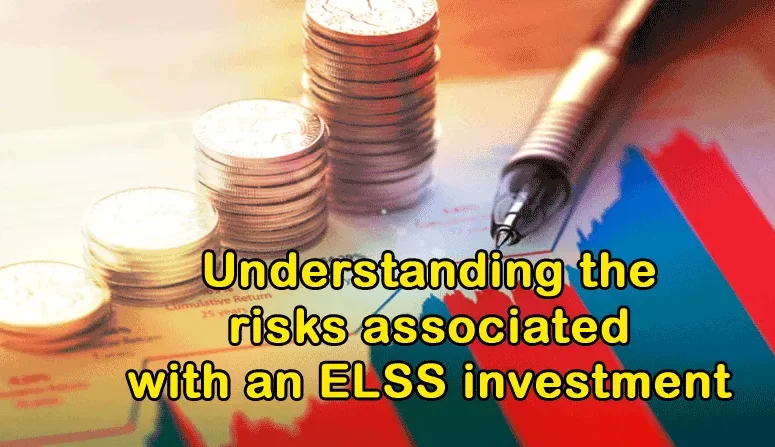
Equity linked savings schemes (ELSS) are tax saving mutual funds that offer investors an opportunity to maximise their return on investment with the added advantage of tax benefits. However, unlike fixed deposits (FDs) or public provident funds (PPF), with ELSS, you are exposing your investment to the equity markets. Thus, it’s important to recognise the associated risks before getting involved.
So, let’s take a look at what risks are associated with ELSS investment, so you can make informed decisions about your finances.
- Market risk
The first risk associated with investing in an ELSS is market risk. This essentially means that you cannot predict exactly how much money you will make from your investment. Unlike other tax-saving instruments, such as PPF, these funds are heavily reliant on stock markets that can be volatile in the short term. It means your return on investment could fluctuate dramatically due to external forces beyond your control.
Note that while market risk can be minimised by diversifying your mutual fund portfolio and maintaining a well-studied strategy, it cannot be completely avoided when investing in stocks.
- Mandatory lock-in period
All ELSS mutual funds have a lock-in period of three years from the date of investment during which you cannot withdraw money without incurring significant losses due to exit loads imposed by mutual funds on early redemptions during this period.
So before investing, make sure that you are comfortable with this restriction and can stay invested for at least three years without needing access to your money anytime soon or having any imminent liquidity requirements within this timeframe.
- Maturity/redemption risk
The lock-in period for ELSS funds is applicable to both lump sum and systematic investment plan (SIP) investments. But if you choose an SIP mode to invest in ELSS online or offline, the 3-year lock-in period applies to every SIP instalment. Only the first instalment will reach full maturity after 36 months and then be available for withdrawal. Thus, each subsequent instalment will become available after three years from the date it was made.
With lump sum investment, complete redemption can be done three years after making the initial investment.
- Tax benefits are limited
Under ELSS, you can claim for tax deductions of up to Rs 1,50,000 a year. However, this deduction is only available if you have not already claimed a for another investment under 80C deductions of the Income Tax Act. This means that if you have already invested in a PPF or other qualifying investment and your deductions already amount to Rs. 1,50,000, you may not be able to claim any additional deduction for your ELSS investment.
Final note
With ELSS investing, there are some risks associated; however, if you do your research thoroughly, make well-thought-out decisions, and understand the potential outcomes of your actions, then ELSS investments can be used for reducing your tax liability and aiding long-term wealth creation.
Whether you buy ELSS online through lump sum or an SIP, make sure you consider your risk appetite and understand different ELSS funds in terms of their expense ratio, past performance, asset allocation, and other important metrics. And if you want to tailor your strategy according to personal goals and lifestyle, then consulting a financial advisor may be beneficial.
Also Read: Investment strategy: definition and types




